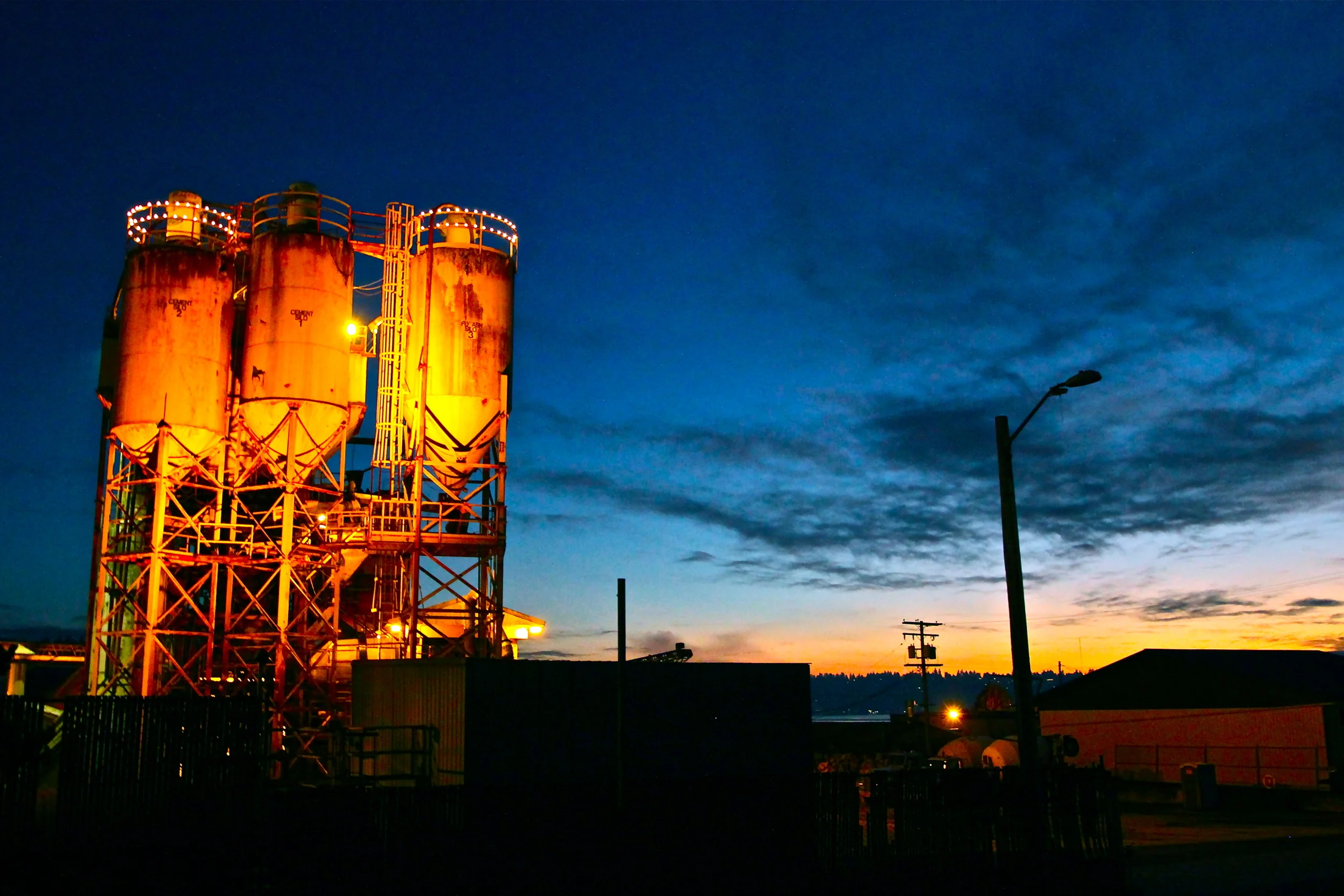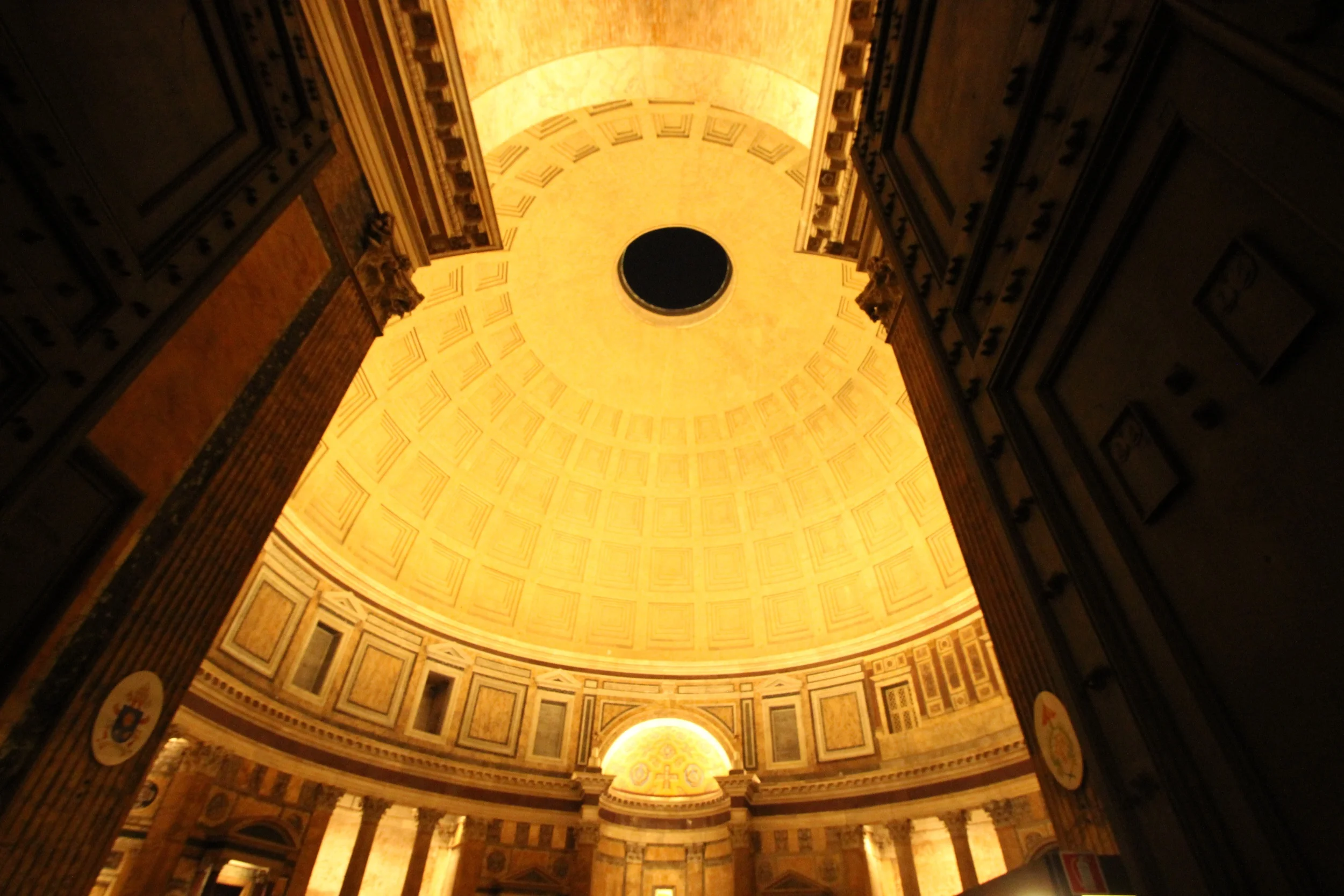Distinctive architectural elements deserve to be noticed. Provide a map of light that leads the eye to appreciate their splendor, with discrete illumination solutions that exude a concentrated radiance, elegantly distinguishing intricate facades, walls, and borders

Bosphorus Bridge
Istanbul, Turkey
Connecting two continents, the Bosphorus Bridge is the most famous landmark of Turkey's largest city, Istanbul. Completed in 1973, the nearly 1 mile (1.5 km) long suspension bridge spans the Bosphorus Strait, connecting Eastern Europe to Western Asia. LED color-changing flood lights produce over 5,000 lumens that illuminate the 345 ft (105 m) high towers of the bridge with uniformity from bottom to top. Additional accent fixtures placed along the guardrails of the bridge illuminate the structure of the deck, along with direct-view color-changing light and smaller RGB flood fixtures, installed at the top point of every zigzag steel cable. These fixtures shine as bright points of direct-view LED light while subtly highlighting the bridge's main rope.

Kenmore RM Plant & Aggregate
Kenmore, WA
LED color changing wall-washers combined with DMX controls transformed these five-story silos into a stunning architectural art piece. Cal-Portland Corporation enhanced something industrial and the community embraced their efforts.

Kenmore RM Plant & Aggregate
Kenmore, WA
LED color changing wall-washers combined with DMX controls transformed these five-story silos into a stunning architectural art piece. Cal-Portland Corporation enhanced something industrial and the community embraced their efforts.


Jordon Conference Room
Oklahoma City, OK
LED spot lighting, linear wall grazers

Pantheon
Rome, Italy
Built in 118-128 AD, the Pantheon in Rome is one of the best-preserved Ancient Roman buildings. The interior dome, formally lit with inefficient and hard to maintain metal halide luminaires, was retrofitted in 2013 with a double row of high-output warm-white liner LED fixtures. A narrow optic is used on the back row of fixtures that projects light to the crown and mid section, while a wider optic floods and fills lower and remaining areas. The dual-optical combination achieves full saturation throughout the entire space and creates an extremely rich illuminating effect. Converting to LED’s reduced the energy consumption by more than 70% and saved thousands of dollars of annual maintenance costs.







